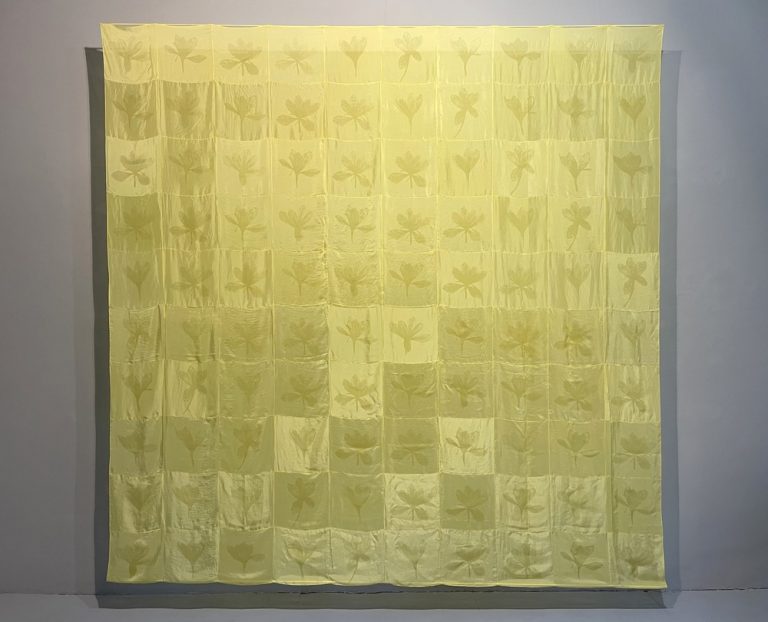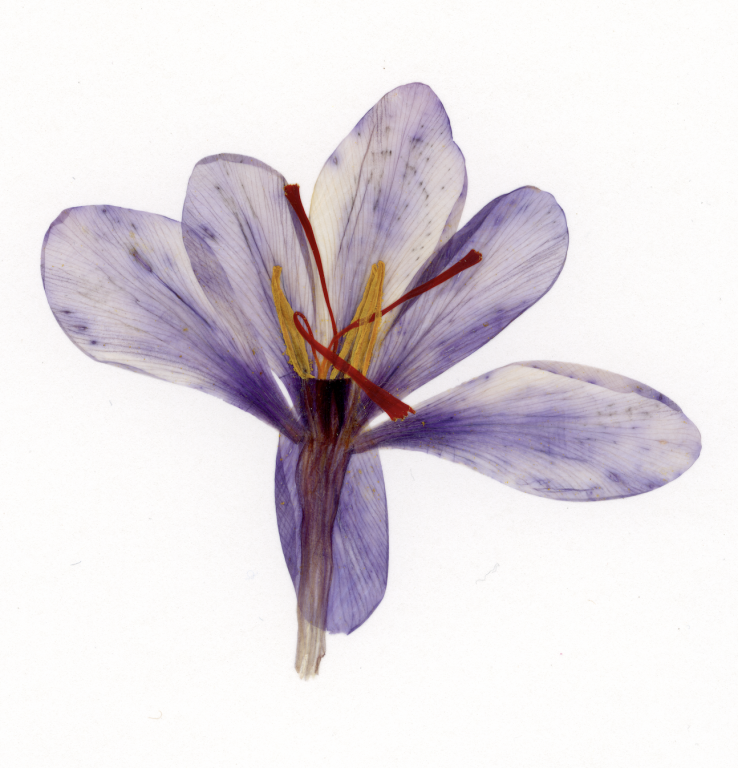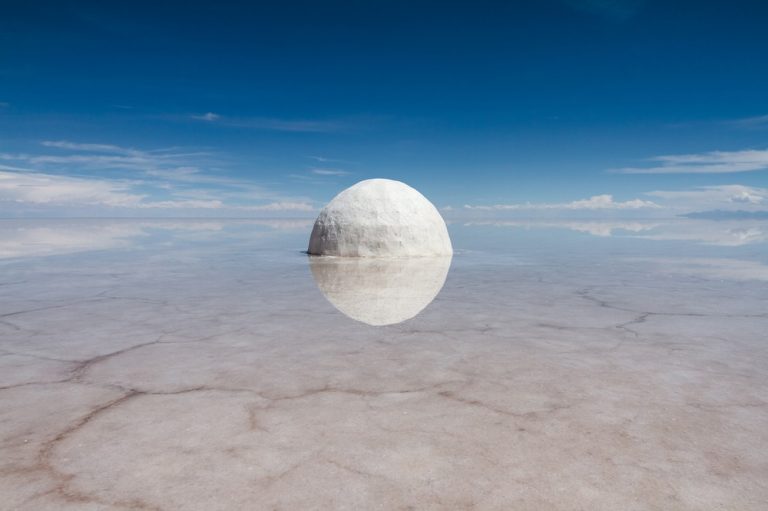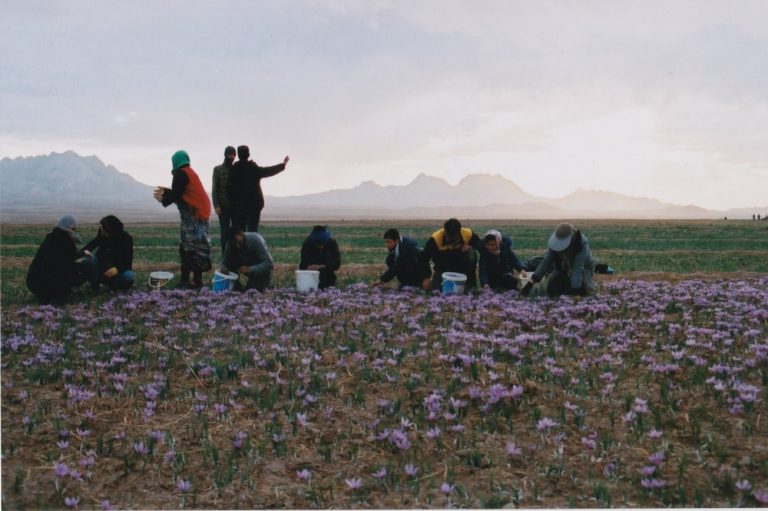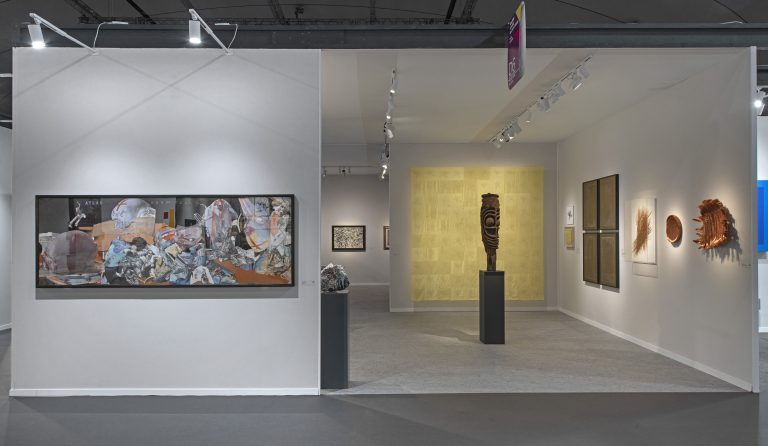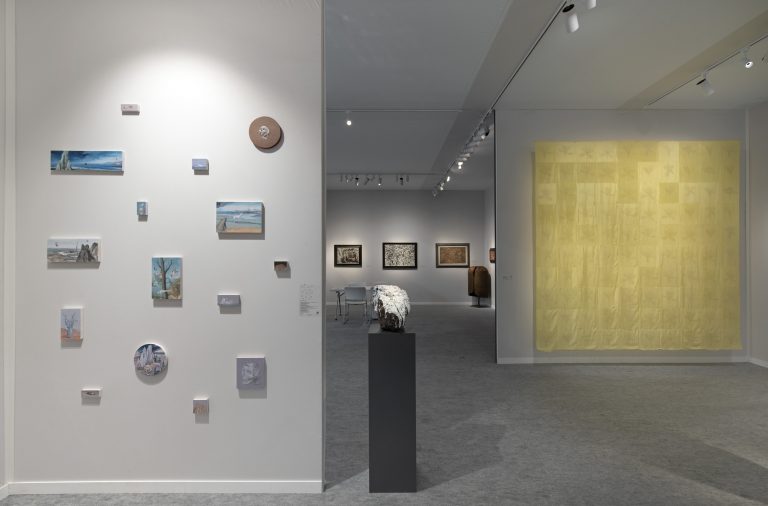Alphabet of flowers, silkscreen on silk, saffron ink, crocus sativus project, flower of happiness, 272 x 272 cm
© Guillaume Barth
33 cm x 33 cm, inkjet print on 280g Hahnemühle Agave paper, 10 copies
© Guillaume Barth
© Guillume Barth
Photograph of the salt and water sculpture, 300 cm diameter, Bolivia - Elina is an imaginary planet created from salt bricks using the traditional techniques of the Ayamara Indians, a people of Bolivia, north of the Great Salt Desert. Guillaume Barth spent 3 months there to complete his project, which unfolded into an ephemeral sculpture (Elina).
© Guillaume Barth
- Le projet Crocus Sativus, Fleur du bonheur a bénéficié du soutien du fond [N.A!] Project.
© Guillaume Barth
© Jean-Louis Losi, Courtesy Jeanne Bucher Jaeger, Paris-Lisbonne
© Jean-Louis Losi, Courtesy Jeanne Bucher Jaeger, Paris-Lisbonne
“Observer, flâneur, philosopher, call him what you will; but you will certainly be led, in characterizing this artist, to bestow upon him an epithet that you could not apply to the painter of eternal things, or at least more enduring things, of heroic or religious things. Sometimes he is a poet; more often he approaches the novelist or the moralist; he is the painter of circumstance and all that it suggests of the eternal.”
With these words, published in a newspaper in 1863, Baudelaire painted the portrait of the painter of modern life. 70 years later, this flâneur still strolls, this time recounted by Walter Benjamin, in the fragile Europe between the wars. It was almost a century ago, the flâneurs continued to wander, not only in a weakened Europe but also far beyond, in a world that became accessible even in its most remote corners. Guillaume Barth is part of this lineage of flâneurs.
From the salt deserts of Bolivia to the reindeer people of Mongolia, from Quebec to Senegal passing through Iran, Guillaume Barth follows an extraordinary trajectory, which discourages a “classic” reading of the young artist’s journey – school / diploma / residency / exhibition / publication… – because this journey is interspersed with mysterious moments, closer to anthropology than to artistic practice.
These moments kept secret by the artist feed into an approach that willingly looks towards the spiritual while being embodied in simple materials that also include a dimension of fragility by inviting salt, living trees, or even pieces of fabric. (…)
Estelle Pietrzyk, Director of MAMCS Strasbourg, excerpt from the presentation of the Axis Mundi, headquarters of the ARTE channel 2018.
Guillaume Barth was born in 1985 in Colmar, he lives and works between Sélestat in Alsace and Amatlán de Quetzalcoatl in Mexico. He graduated from the National Studio of Contemporary Arts of Le Fresnoy in 2021, graduated from the Art option of the École Supérieure des Arts Décoratifs de Strasbourg in 2012. He is the laureate of the Martel Catala Foundation prize for the New Forest book project in 2023, laureate of the Talents Contemporains prize of the François Schneider Foundation in Wattwiller (FR) in 2019, laureate of the Bullukian Foundation prize in Lyon (FR) in 2017, as well as the Théophile Schuler prize (FR) in 2015. He participated in the 61st Salon de Montrouge in Paris (FR) in 2016.
His works have been presented in different countries, in Europe, but also in Iran, Canada, China, and recently in Mexico. Galerie Jeanne Bucher Jaeger presents the artist for the first time during Art Paris 2024.
Since 2004, Guillaume Barth has been interested in saffron, its symbolism, properties, and virtues of its flower, crocus sativus. Personal experiences motivated him, starting from a deep necessity, to become more intensely interested in this flower: research, travels, preparations, he even goes so far as to cultivate it. During a trip to the East of Iran (2018), the artist saw how the desert landscape in the Khorasan region transformed, for a short period, into a sea of purple flowers.
“Following an intuition, on the traces of the origin of certain Sufi poems, I discovered the saffron fields in the Khorasan desert in Iran. In autumn, the desert landscape transforms into a disconcerting setting of mauve color. An enticing smell unfolds for kilometers around. This region has long been the largest area of cultivation of this flower. Khorasan means in Persian ‘where the sun is born.’ The history of the plant began enigmatically on the island of Santorini in Greece over 5000 years ago, then the flower traveled along the Mediterranean to Asia. The cultivation later spread to Europe and later developed in America. The crocus is a symbol of life and regeneration. It blooms and is directly harvested to extract its precious stigmas. The oldest mentions of saffron account for its medicinal and therapeutic properties. Yet, today saffron cultivation is mainly used for gastronomic purposes. ‘The preciousness of the spice is not simply related to its production cost. Symbolically the flower has much more value. It has crossed time and continents, exerting a strong power of attraction and inspiration on man.’ The artist is interested in myths and stories mentioning this flower as well as its ritual, spiritual, and medicinal use. ‘In Greek mythology, it is said that Crocus, a very handsome man in love with a nymph named Smilax, played discus throwing with Hermes, his friend on Olympus. Unfortunately, he was fatally wounded in the head during the game. It is said that Crocus’ blood flowed and fertilized the earth. At that place, a small purple flower appeared. This flower has since been called “crocus” and is a symbol of life and rebirth.
Felizitas Diering
Imagined from the interpretation of Sufi magic squares and the study of talismans, using saffron ink to print the flower alphabet on silk, the work ARUUNOMMNA, presented during Art Paris 2024, is a Love Talisman. The piece was technically developed with the valuable expertise of Juliette Vergne, artisan/artist specializing in vegetable dyes, and Hélène Démoulin, designer/prototyper.
My ideas are constructed from different places, have original forms that seem to diverge from each other, but upon closer inspection, their invisibility overlaps in a single whole. For a little over a decade, the formal and semantic lines of force that emerge from my sculptures, simple shapes and shapes of nature, patterns of the sphere, cycle, and opening, phenomenon of absorption and visual reflection, geographical exploration, realized fictions, transcultural narratives, inscription in landscapes, appearance and disappearance, blooming and rooting attempt to make sense through an approach as sensitive, reflexive, and artifactful. It is characterized, before any gesture, by an attentional capacity to the elements of the Living world.
Guillaume Bart, 2023
